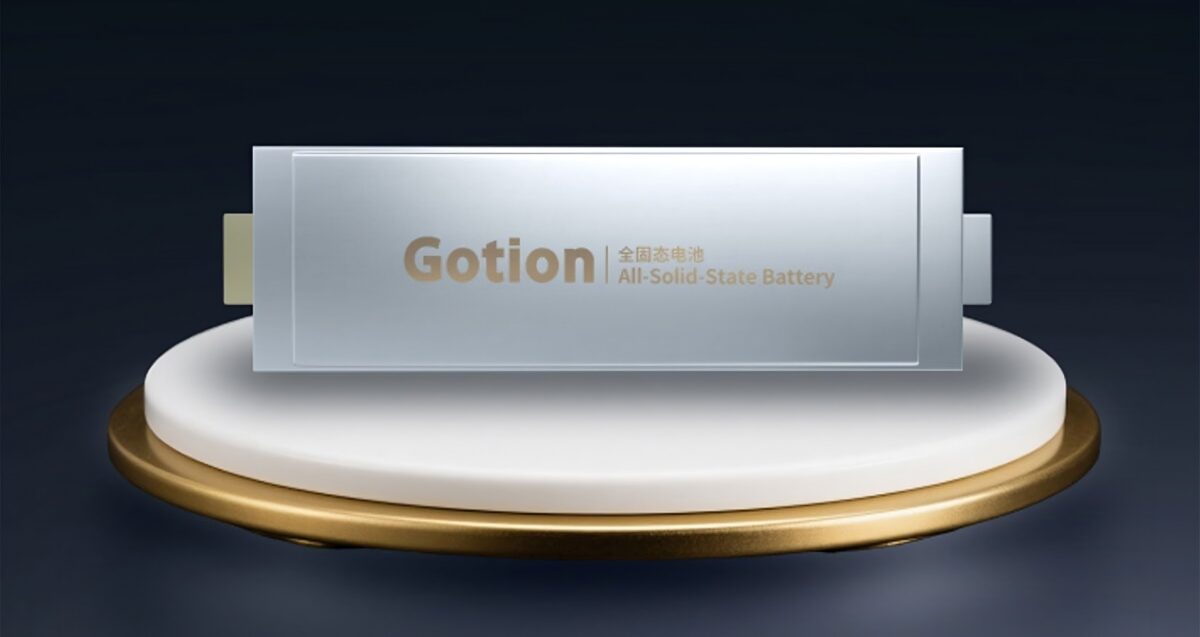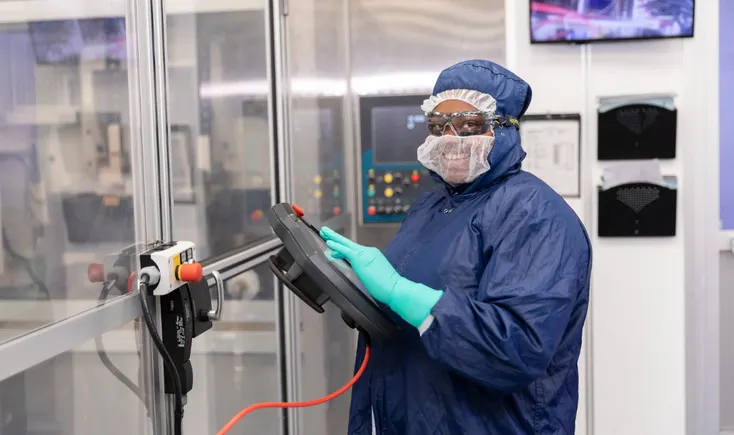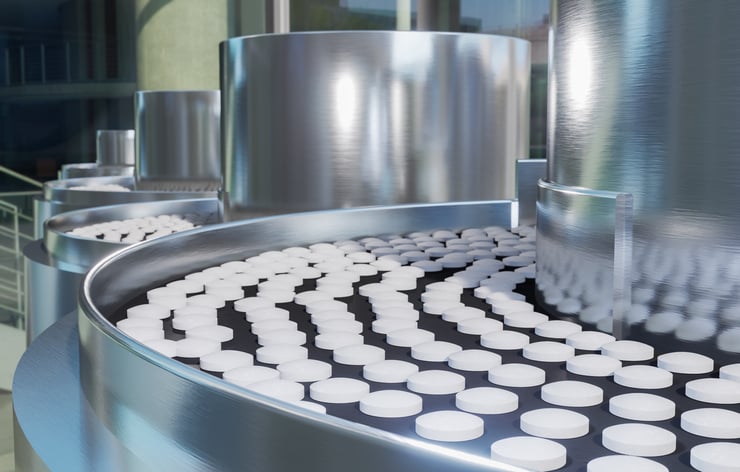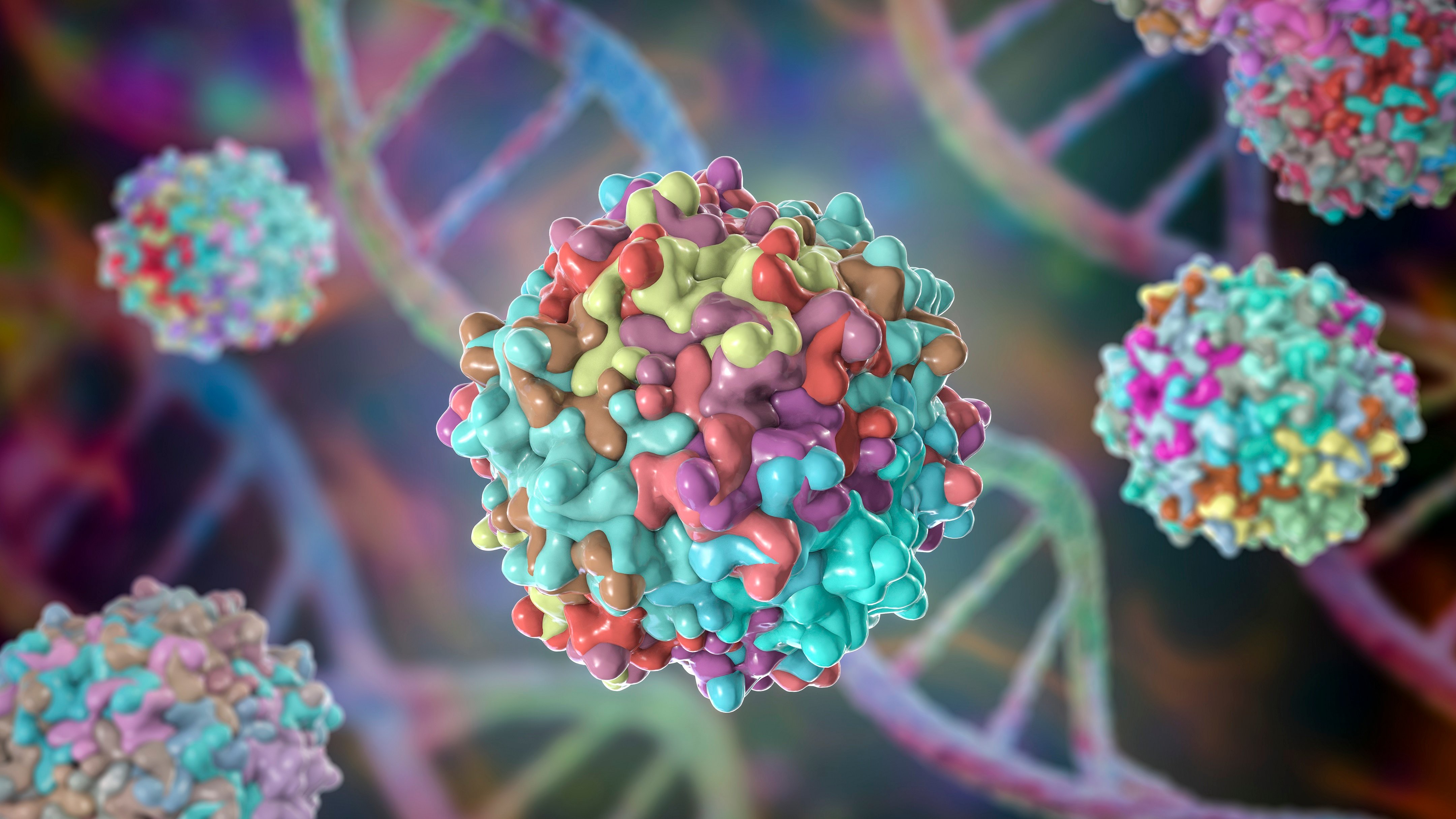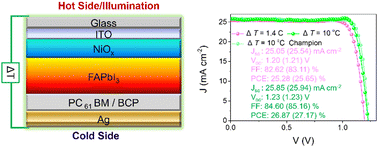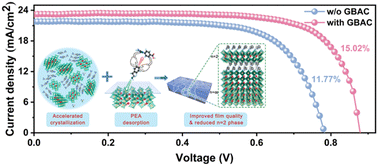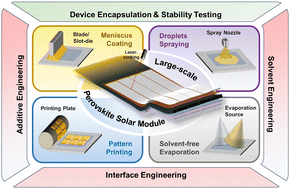Operando X‐Ray and Postmortem Investigations of High‐Voltage Electrochemical Degradation in Single‐Crystal‐LiNiO2–Graphite Cells
Advanced Energy Materials, EarlyView.

Through comprehensive operando and postmortem investigations, it is shown that the single-crystalline LiNiO2 cathodes, even when cycled under stressful conditions that expedite O loss, can retain their bulk redox stability. The predominant cathode degradation mode is the growth of a densified surface layer, which severely impedes Li-ion diffusion and worsens its performance. This can be mitigated through surface passivation.
Abstract
Single-crystalline LiNiO2 (SC-LNO), a high-energy-density Li-ion cathode material, suffers from poor long-term electrochemical performance when cycled above 4.2 V (vs Li+/Li). In this study, this degradation is evaluated using SC-LNO–graphite pouch cells electrochemically aged within a stressful voltage window (2.5–4.4 V) using a constant-current constant-voltage (CC-CV) protocol. Notable capacity fade is observed after one hundred cycles at C/3 rate, in addition to an increase in the overall electrochemical cell impedance. Operando X-ray diffraction data reveal that, despite no significant long-range bulk structural changes, (de-)lithiation of the aged SC-LNO becomes kinetically hindered after 100 cycles. Aging-induced changes in the short-range structure and charge compensation are evaluated through a multi-model quantitative analysis of the operando X-ray absorption spectroscopy data. While the electrochemical aging does not result in particle cracking, soft X-ray absorption spectroscopy data revealed the reconstruction of the cathode surface to a dense rock salt-like layer after long-term cycling, which acts as a kinetic trap for Li+ diffusion. Therefore, even under stressful conditions, it is the surface reconstruction that dominates the overall cathode degradation by reducing the Li+ mobility and leading to the capacity fade. Cathode surface engineering will therefore be key to improving the long-term electrochemical performance of SC-LNO cathodes.























